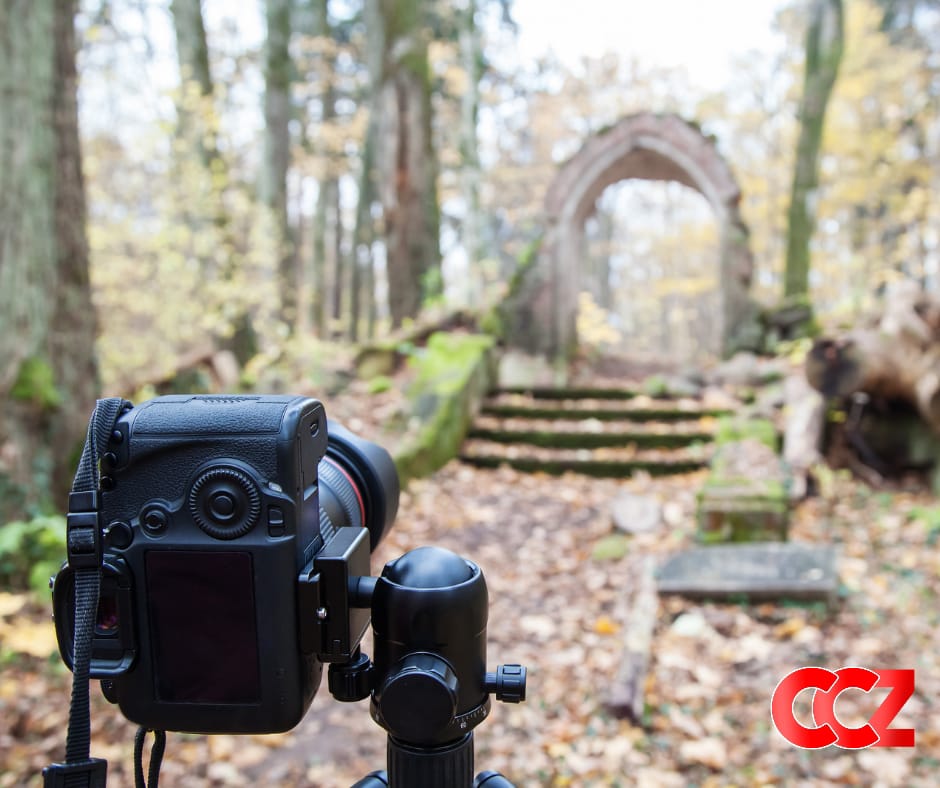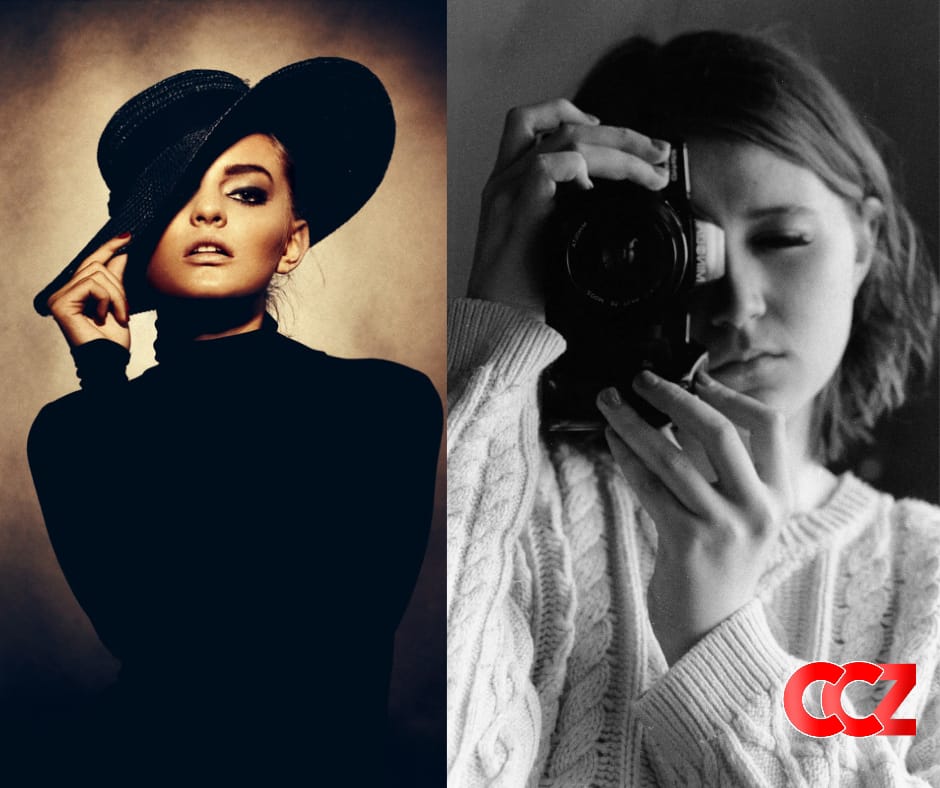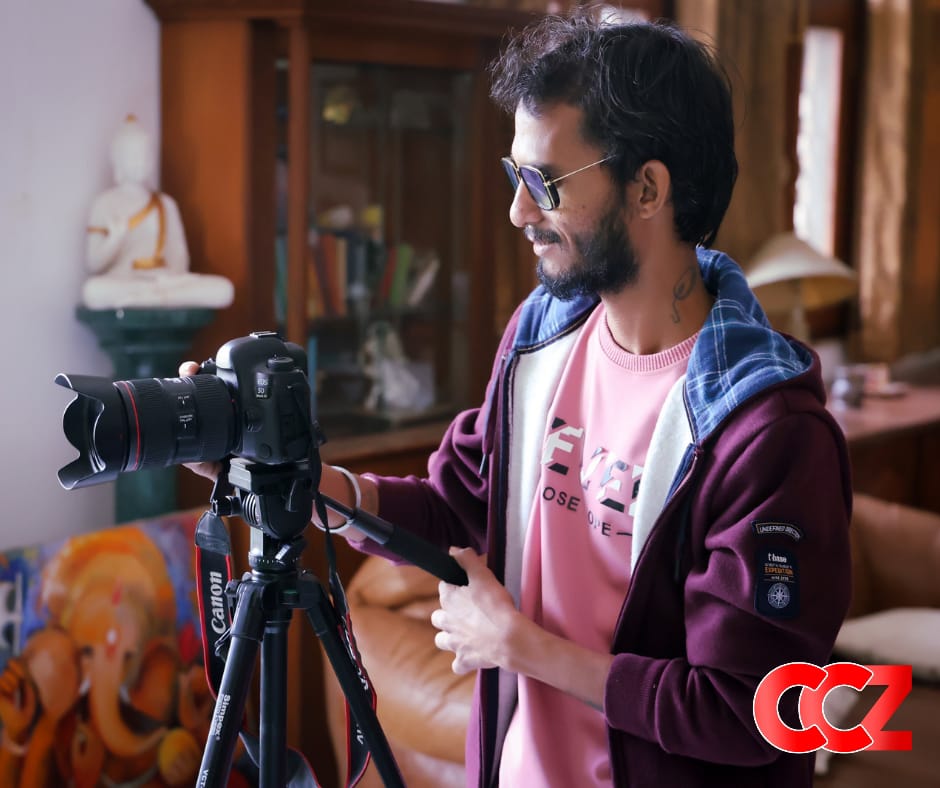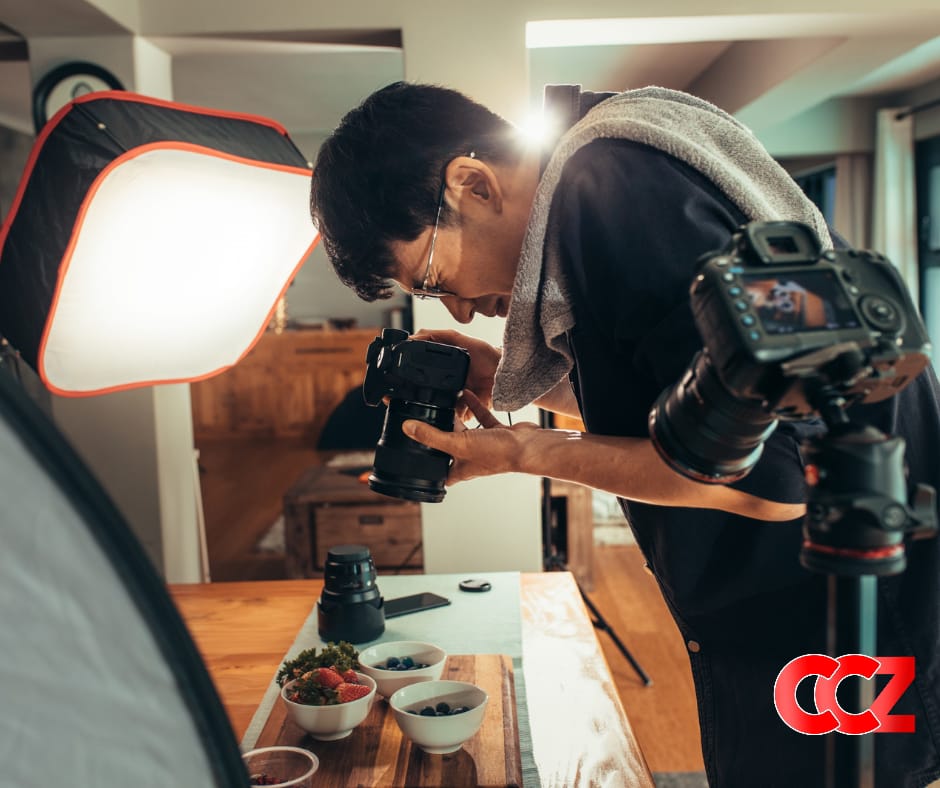Capturing various subjects into photographs is an art. While smartphones have almost eliminated the need for old-fashioned cameras and experts to shoot everyday routines, they still cannot beat the traits professional photography offers.
Photography is a powerful realm of opportunities to grasp all types of subjects into images. It is not uncommon for photographers to specialize in one or a few diverse types of photography to experiment with numerous photography styles and expand their skill set.
Professional photography requires creative and technical skills to master various photography genres. Since it does not have a confined sphere of expertise, photographers improving in one area should learn valuable techniques that make them better photographers across other snapping styles.
Here are some types of photography styles professional photographers can learn and practice to strengthen the foundation of their photography career.
1.Portrait Photography
Also known as portraiture, the portrait photography style lets the photographer capture the personality and mood of a person or group of people. Senior portraits, professional headshots, engagement pictures, and family portraits are some of the most frequently used photography portraits.
The portrait photography type works best for posed, candid, close-ups, or full-body images and typically focuses on the subject’s face and eyes, either way. Portrait photography involves backdrop and lighting to carry emotion and tone in a picture. Learning portrait photography style helps photographers make individuals feel comfortable, letting them pose natural and relaxed expressions.

2. Fashion Photography
The art of showcasing and glamorizing fashion clothing, shoes, and accessories to make them look more attractive to consumers is best known as fashion photography. Most fashion photographers opt for this niche over other photography types to be highly creative and skilled at making appealing and eye-catching photographs.
Fashion photography entails taking many full-body shots and working in various locations,
from studios to fashion shows to open fields and city streets. Photographers need to learn and practice the same skills required in portrait photography. They must have healthy working relationships with creative directors, models, and shoot stylists so that everybody gets the desired results of good teamwork.

3. Architectural Photography
Capturing eye-catching pictures of buildings and structures is not a joke. It entails the photographers having an idea of how to flawlessly work with natural and artificial lighting, angles, and lenses to shoot the exterior and interior of the structure. With such traits, architectural photography has taken the snapping world by storm.
Architectural photographers showcase interior and exterior designs of diverse structures and buildings, ranging from old country barns to warehouses to city bridges. They accentuate attractive materials and vibrant colors to depict the building’s most aesthetic features, such as a specific archway or beam. Photography accessories like a tripod, a panorama head, and a tilt-shift lens help them make architectural photographs aesthetically alluring and valuable to architects, designers, real estate investors, and even leasing companies.

4. Sports Photography
It is another photography style that can help individuals excel in their photography careers. Sports photography portrays the passion and drama of a sporting event by capturing sportspersons, coaches,fans at the perfect moments. It requires photographers to use long and heavy lenses to zoom in on the action and benefit from interesting angles to make their work stand out in the competition.
Photographers in this niche have to catch moments quickly to keep up with the actions happening around them. It also enables them to utilize a higher ISO to capture moments into images at a much quicker shutter speed.

5. Photojournalism
Photojournalism photography has to be as objective and straightforward since this type of work gets published in newspapers and magazines. It is a way the photographer can make the storytelling of a newsworthy scene or event worthwhile through images.
Photojournalists should capture genuine moments as they happen, which has more significance than photo-perfect shots. Attending planned events can provide these types of photographers with the hope of capturing unplanned and unscripted moments.

6. Still Life Photography
Commonly used in product advertising and stock photo-taking, still-life photography encircles inanimate subjects, both natural and synthetic. Photographers choosing this niche can achieve commercial or artistic photography skills to show objects as in magazines, billboards, and catalogs. They must have an adequate understanding of choosing the most suitable subjects, lighting, and arrangement to obtain a great shot.

7. Editorial Photography
Editorial photography enfolds a wide array of subjects, depending on the topic of the text it has. This photography genre aims to illustrate an article or story, usually for a newspaper or a magazine, which requires photographers to work with writers and art directors.
Editorial photographers take different shots to cover various layouts, including vertical and horizontal compositions. They must demonstrate adequate communication skills and professionalism to succeed in this career path.

